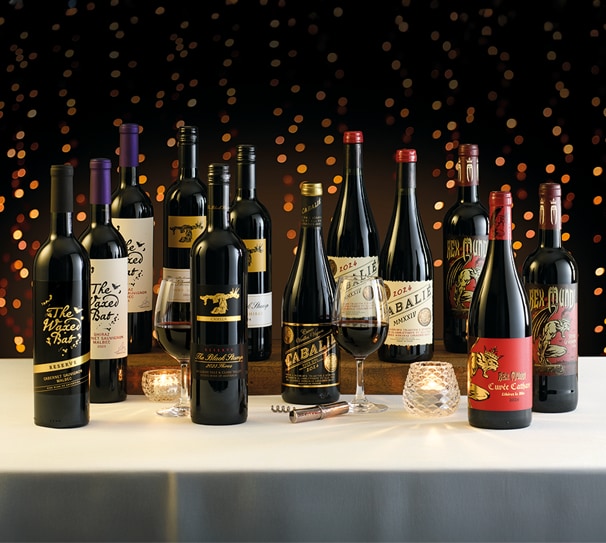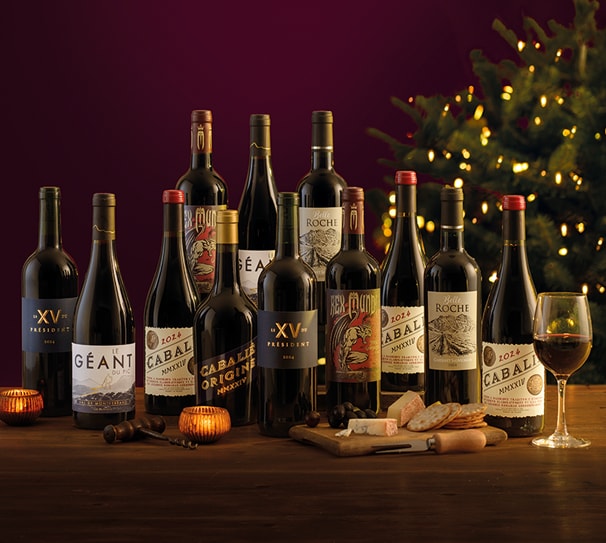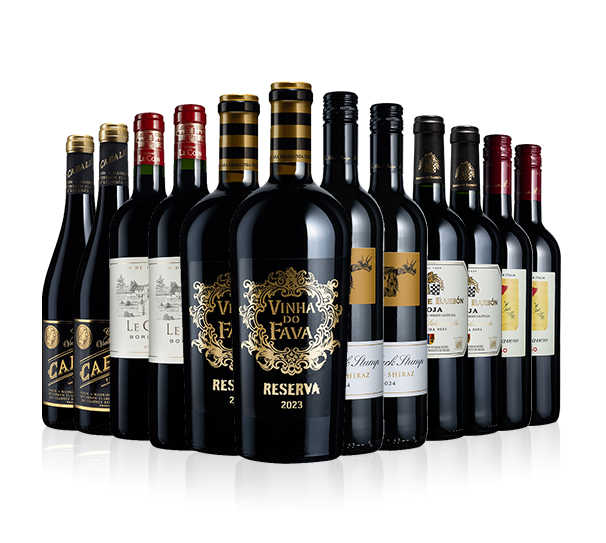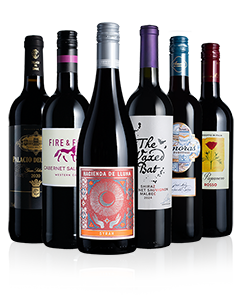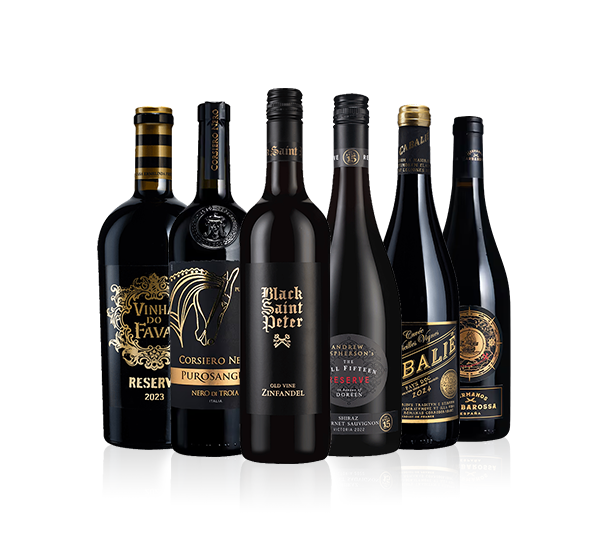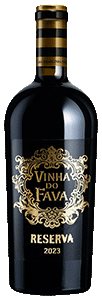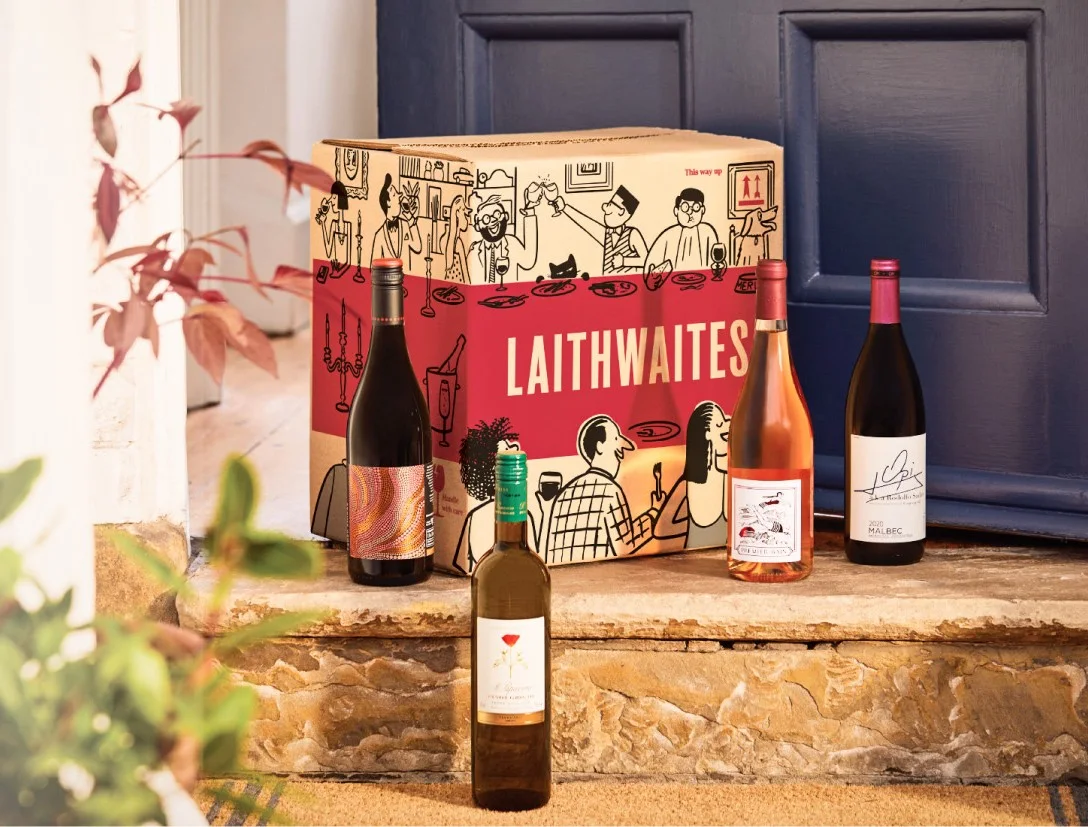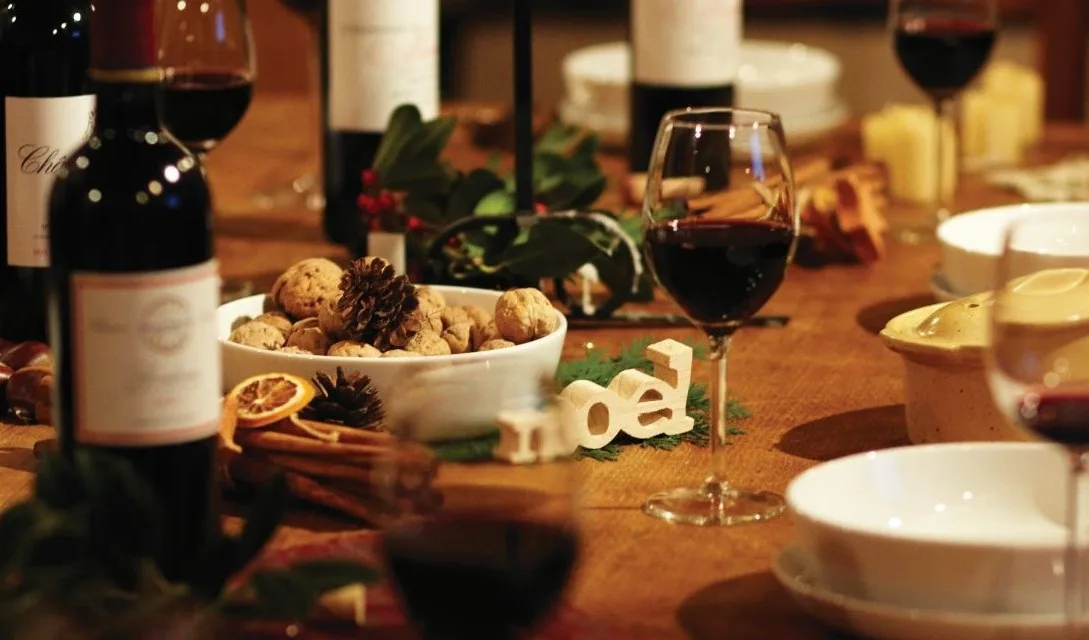Filter by
- Enjoy our bestselling Black Reds and their luxury Reserve editions – with FREE delivery£119.88 per caseSAVE £56.01
- SAVE 30% on rich, warming Black Reds from southern France, including the ultimate Cabalié edition£119.88 per caseSAVE £56.00
- £119.88 per caseSAVE £56.00
- Our most reordered red, a big southern French Grenache with velvety berry fruit and rich herby spicefrom £8.99 per bottlewhen you add 36+ bottlesSAVE UP TO £144.00
- The spicy, velvety fruit of southern Italy's prized Primitivo in this much-loved customer favourite£10.99 per bottleSAVE £2.00
- Six bestselling reds bundled up to deliver delicious drinking over the season – with free delivery£54.00SAVE £16.94
- Celebrate Christmas in style with these luxury Black Reds – and SAVE 40 percent£65.34 per caseSAVE £43.60
- Meet Rocksand, our rich, punchy Shiraz from Portugal, full of big, spicy black fruit£9.99 per bottleSAVE £4.00
- from £7.99 per bottlewhen added to 12 other bottlesSAVE UP TO £72.00
- £9.99 per bottleSAVE £5.00
- £10.99 per bottleSAVE £2.00
- Our No.1 bestseller – a red charged with big, spicy Durif and Shiraz, and packed with velvet fruitfrom £8.99 per bottlewhen you add 36+ bottlesSAVE UP TO £144.00
- This much-loved Argentinian red blends spicy Shiraz with vibrant Cabernet and dark, velvety Malbec£8.99 per bottleSAVE £4.00
- Mature, barrel-aged Italian red – a rare Montepulciano Riserva from the beautiful Abruzzo£12.99 per bottleSAVE £5.00
- Rich, velvety red, brimful of luscious black fruit – a Portuguese triumph, always impressive value£9.99 per bottleSAVE £4.00
- A seductive and velvety red wine, Rex Mundi will tempt you with its gorgeous, ripe fruit£10.99 per bottleSAVE £2.00
- Smooth, juicy Shiraz from one of the founding fathers of Aussie wine£8.99 per bottleSAVE £5.00
- Sicily's earthquake red – a rich, barrel-aged wine from Dino Taschetta to honour his grandfather£9.99 per bottleSAVE £5.00
- Portugal’s pride and joy grape, barrel-aged to smooth perfection in this luscious big red£11.99 per bottleSAVE £2.00
- Sumptuous Reserva edition of this velvety, oak-aged, much-loved red from a trail-blazing cellar£14.99 per bottleSAVE £5.00
- From a master winemaker, this is a full-flavoured Aussie red, packed with spice and ripe fruit£10.99 per bottleSAVE £2.00
- A rich, velvety Super Tuscan crafted by a top winemaker. One of our bestselling Italian red wines£9.99 per bottleSAVE £5.00
- from £7.99 per bottlewhen added to 12 other bottlesSAVE UP TO £36.00
- A special-edition Rioja from an estate next door to £250-a-bottle Las Beatas£11.99 per bottleSAVE £8.00


